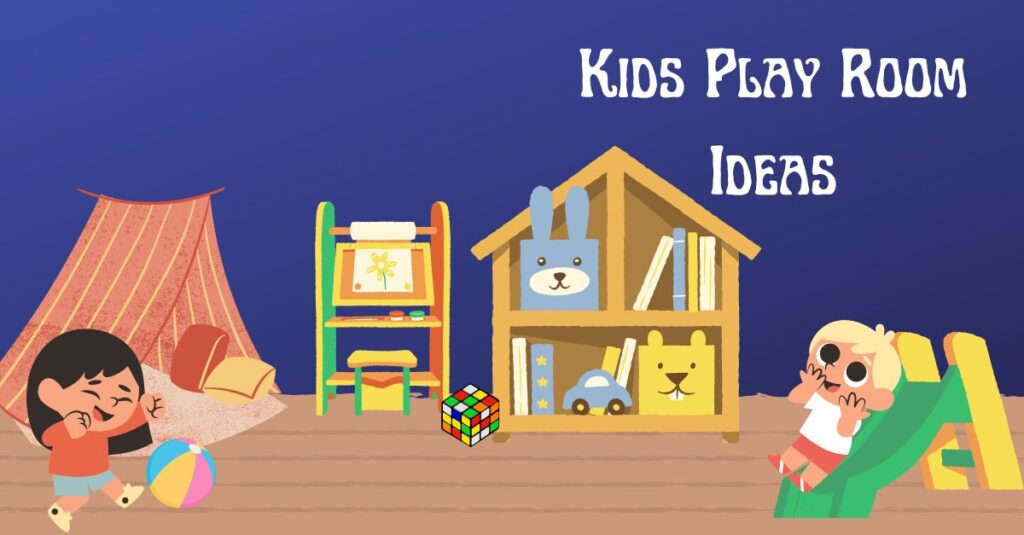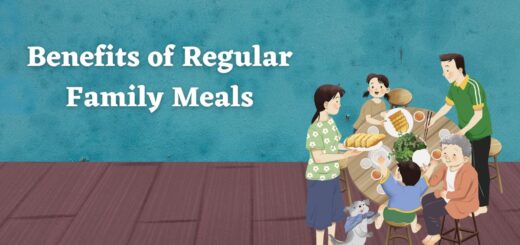How To Make Your Kid’s Play Room a Dreamy Destination

What To Consider When Designing A Playroom
I think the most important things to remember when designing a play area are to:
- keep it comfortable + safe
- have practical storage that is easy to access, and have fun with it!
Baby/ kids areas should feel fun and whimsical- and it should definitely be a place that helps foster their imagination!
When you’re designing kids’ playrooms, function, storage, high-end essentials, and color are a few of the key elements to consider.
- Remember to incorporate functional pieces they can use while relaxing and studying.
- Make it easy for them to keep their things organized and clean so they have space to play.
- Select fabrics and furnishings that can withstand everyday use.
- And most importantly, make sure the playroom is fun, relaxing, and reflects their personality.
Don’t be afraid to keep the accessories and toys bright and colorful. You want them to enjoy their playrooms, so it’s important they have a say in what goes into one!
“When it comes to designing a play space that inspires creativity, you want to keep in mind creating an area that also fosters independence. Children love to learn and express themselves and thrive when they are able to freely do so in a space that’s all their own. Keep in mind your own home and available space to create a play space that can also grow with them.
- Open shelving and designated areas for different activities (like a reading book or arts and crafts table) can also help keep this space organized.
Most importantly, think about your own children when designing the space. What do they enjoy, and what makes them feel happy and comfortable? If you have a child who loves to be organized and keep everything in order, you’ll want to be sure to include lots of drawers, buckets, and containers. If your child prefers to go wild and play with everything at once, having a play area with lots of available space to pull things out and explore is key.”
What Furniture To Choose
- Use individual pieces accumulated over time instead of buying a matching furniture set. This is an excellent way to save, but it’s also more aesthetically appealing than a room filled with furniture clones. In this girl’s bedroom, the collection of furniture coordinates beautifully without matching exactly, creating visual interest while still feeling cohesive.
- If you have space, a daybed or sofa bed is a good option if there is room and then the playroom can double as an extra bedroom idea for sleepovers if needed. Bean bags are an excellent low-budget option, too. Choose a daybed with storage underneath to store extra pillows, linen, and fresh fluffy towels for little guests.
- Invest in double-duty furnishings. Make use of every inch by choosing furniture with hidden storage. “A trunk that opens can serve as a coffee table, while end tables with drawers and doors can house toys or clothes,” says Rosen. “A writing table on one side of the sofa is the perfect place for a laptop.”
Tips For Creating A Child-Friendly Environment
The best way to do this is to use design solutions to create three different zones in your child’s room: sleep, play, and work.
- Set up the room with as much open floor space as you can and invest in a high-quality, washable rug to accommodate creative play.
- “Create an educational playroom for your kids by adding some open-ended toys. Open-ended toys grow with your kid as they age. They allow your little ones to use their creativity and imagination during play. They can also be used differently each time they are played with. Some open-ended toy examples are Magnatiles, animal figures, or a play kitchen. Also, adding items like puzzles, fine motor skill toys, and mess-free art activities give your child a wide variety of ways to learn and play.
One tip I have is to also rotate toys in and out of the playroom so your kids will play with a specific set of toys and then be exposed to a new set of toys a few weeks later. This way, they won’t get bored with their toys and they will be excited to see a new set of toys. Kids learn by playing. By working alongside your little ones while they are playing, you can help them learn each and every day!”
Believe it or not, kids actually thrive when they have a routine, know what to expect, and know where to find things. So give everything in your playroom/space a home- Toys, Books, Art Supplies. If your kids know where to find them, it gives them more independence to do things on their own and encourages them to take responsibility, and keep things together.




